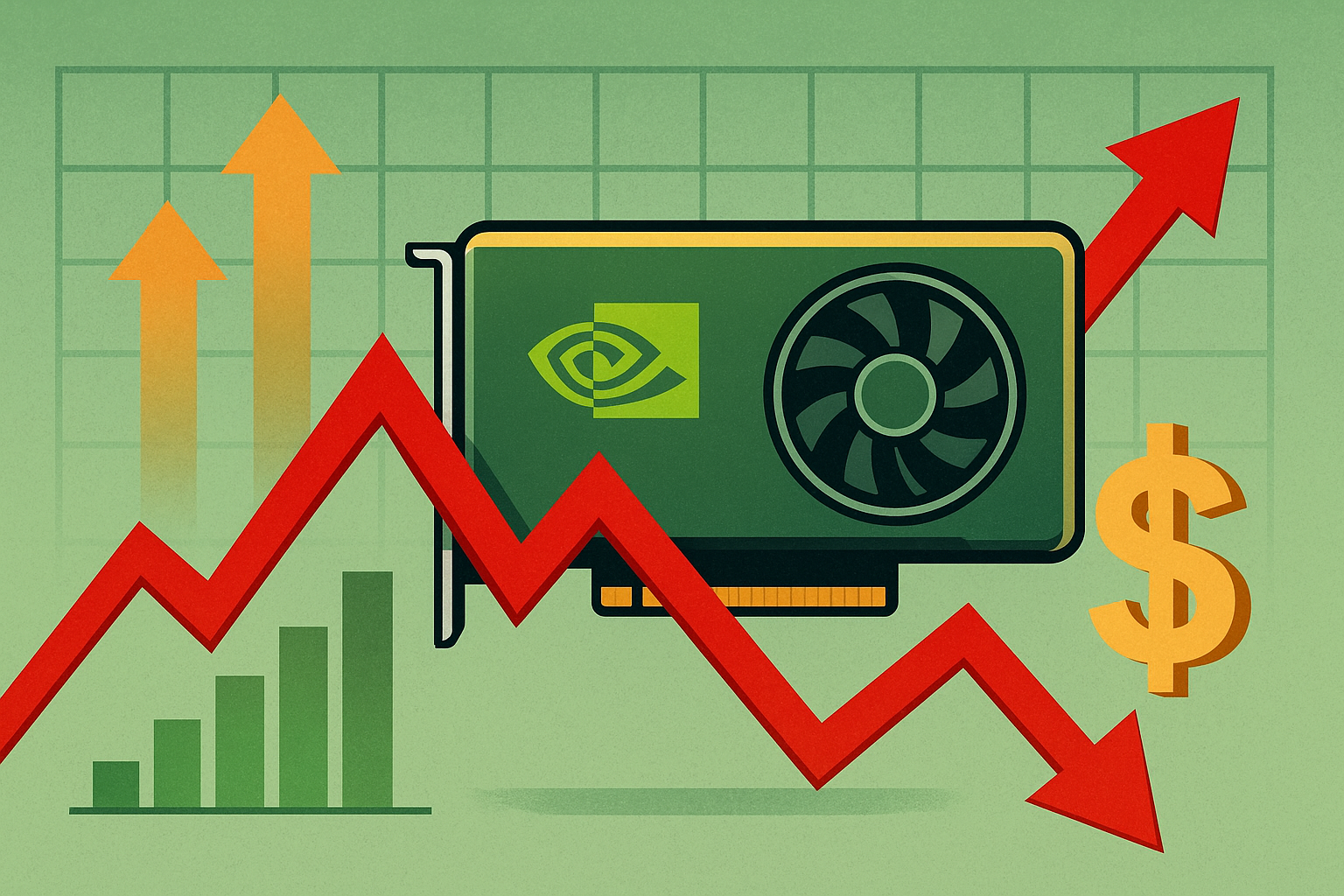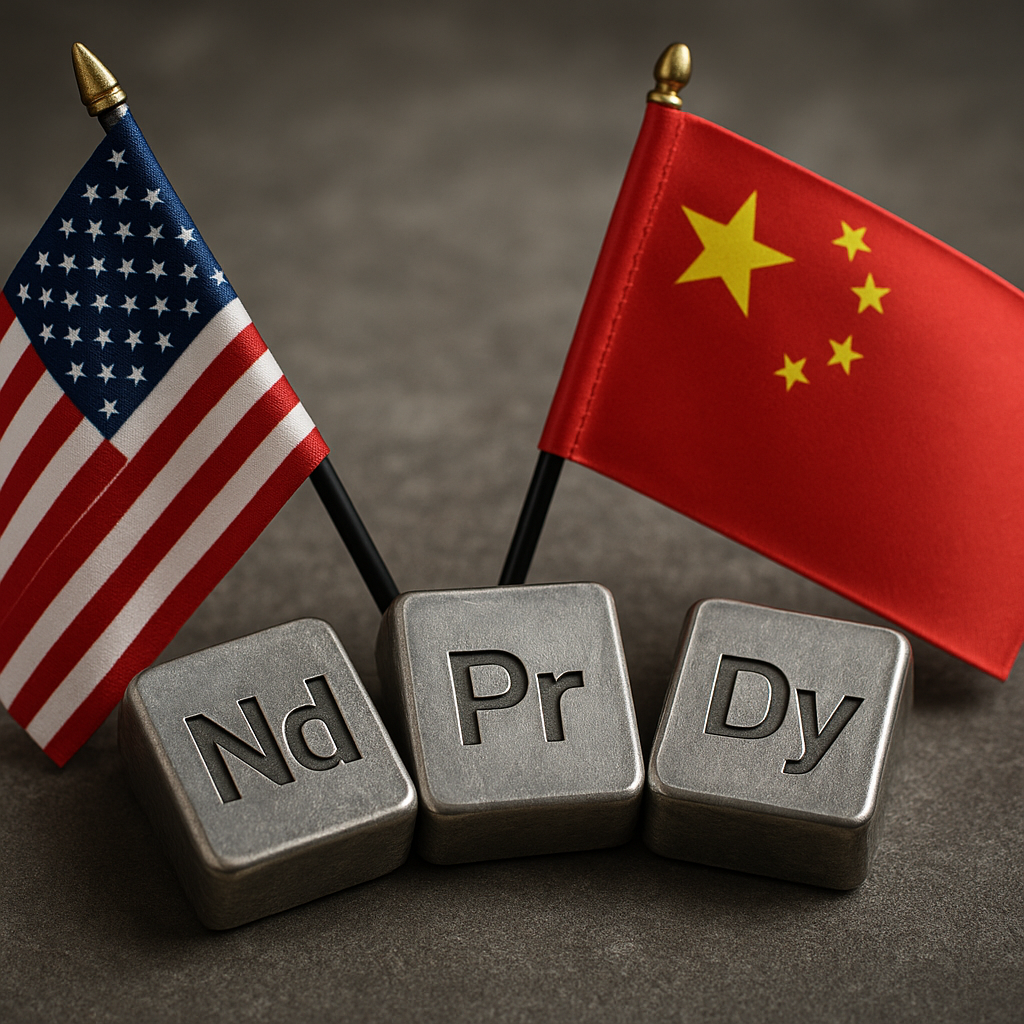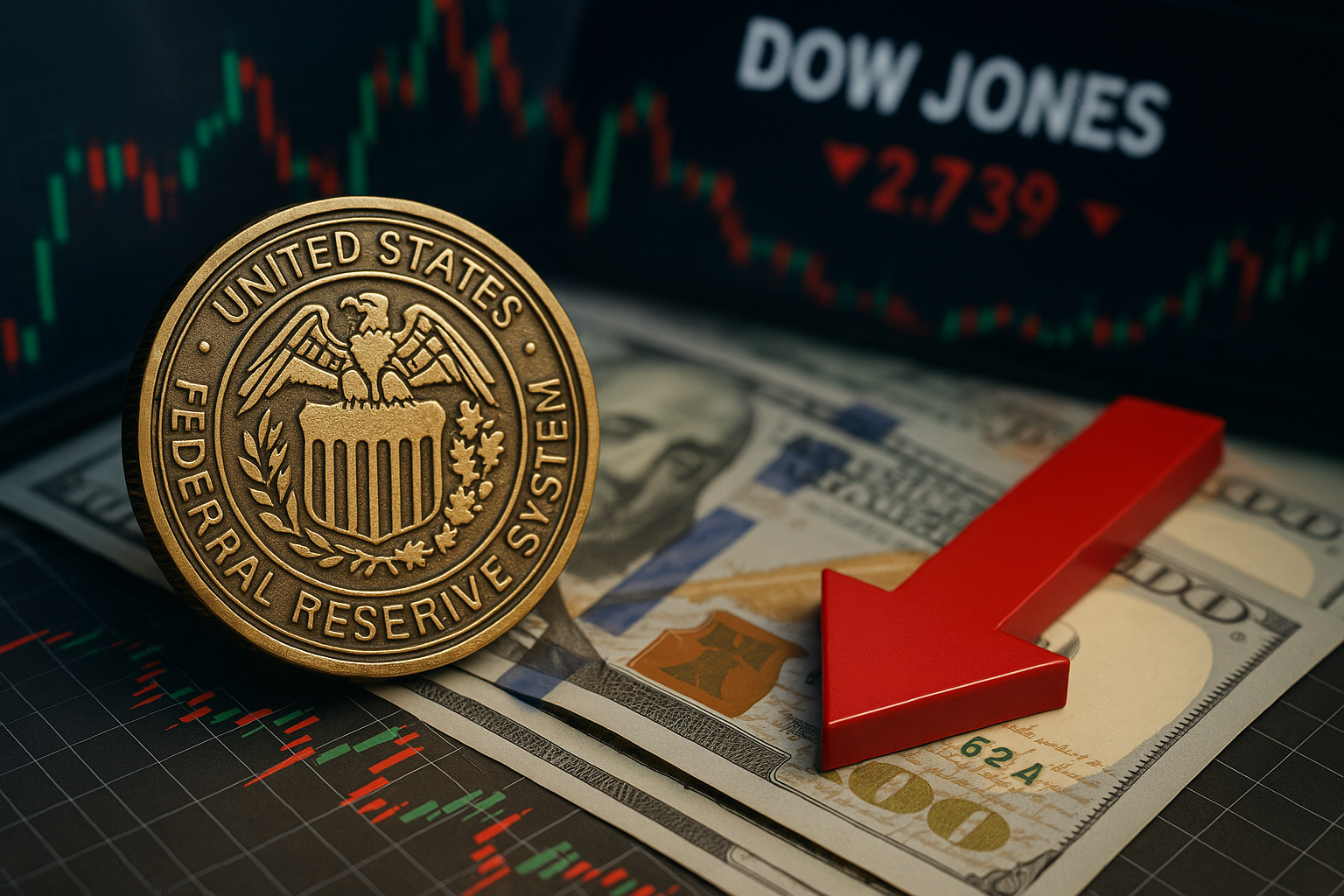Wall Street is holding its breath as Nvidia prepares to release its quarterly earnings, a report that could reshape sentiment across the entire technology sector. With AI adoption accelerating, Nvidia has become the bellwether for the broader chip industry—and arguably for the AI economy itself. Investors across the globe are tuned in, knowing that one company’s results could ripple through the trillion-dollar tech landscape.
Why This Matters for Investors
Nvidia’s meteoric rise has made it the poster child of the AI investment boom. The stock has surged over 240% in the past two years, fueled by insatiable demand for GPUs that power generative AI models and data centers. According to Yahoo Finance, expectations are sky-high, with analysts projecting revenues north of $35 billion for the quarter—a staggering leap from last year’s $16 billion in the same period.
But this growth story cuts both ways. If Nvidia delivers another blowout report, it could reinforce optimism in the AI-driven rally. Conversely, any sign of slowing demand—or margin compression—could spark a correction across the tech sector, especially among high-growth chipmakers and AI hardware names. As MarketWatch noted, “Nvidia’s earnings have the potential to set the tone not only for semiconductors but for the broader Nasdaq index.”
The Broader Market Context
Nvidia’s results come at a pivotal moment for markets. With U.S. interest rates still elevated and inflation stubbornly above 3%, tech valuations are under constant scrutiny. The Nasdaq 100 trades at nearly 27 times forward earnings, well above its 10-year average of 21x, according to Refinitiv data.
This makes Nvidia’s guidance as important as its headline numbers. Investors want clarity on how sustainable AI demand really is, particularly in data centers, cloud infrastructure, and enterprise adoption. Goldman Sachs recently flagged “early signs of capex fatigue” among hyperscalers like Amazon, Microsoft, and Google—companies that have been driving bulk GPU purchases.
At the same time, competitors are circling. AMD has launched its MI300 accelerators, while Intel is reasserting itself in AI chips with government and private-sector support. Still, Nvidia’s software ecosystem (CUDA) and entrenched developer base give it a formidable moat.
Future Trends to Watch
- AI Infrastructure Spending – Analysts at Morgan Stanley estimate that AI infrastructure could represent 15–20% of all IT spending by 2027, up from less than 5% today. Nvidia’s sales are the clearest indicator of how quickly that shift is happening.
- Government and Regulation – With the Biden administration and European Union exploring AI export restrictions, investors should watch for commentary on China sales, which represent nearly 20% of Nvidia’s revenue base.
- Supply Chain Strain – Reports from Bloomberg indicate persistent bottlenecks in advanced packaging and HBM memory supply. If Nvidia signals easing constraints, it could unlock another leg of growth.
- Earnings Spillover – A strong Nvidia report could lift peers like AMD, Broadcom, and Taiwan Semiconductor, while a miss might weigh heavily on the entire semiconductor ETF (SOXX).
Key Investment Insight
For investors, Nvidia’s earnings are not just about one company—they are a litmus test for the AI trade.
- Bullish Case: Continued revenue acceleration could justify premium multiples in AI-related equities, encouraging portfolio managers to scale into chipmakers, cloud providers, and AI software developers.
- Bearish Case: A weaker outlook could prompt a broad tech sell-off, especially in overvalued AI stocks, making hedging through diversified tech ETFs or volatility instruments prudent.
Long-term investors should view Nvidia’s report as a barometer of AI adoption. The earnings will reveal whether enterprise and cloud customers are translating hype into sustainable demand or if growth is plateauing.
Stay Ahead with MoneyNews.Today
Nvidia’s upcoming earnings are more than just another quarterly report—they are a stress test for the AI-fueled market rally. Whether it confirms the bull case or sparks a correction, investors who stay informed and agile will be best positioned to navigate the volatility.
For timely updates and in-depth investor insights, stay connected with MoneyNews.Today—your trusted source for navigating global markets.





